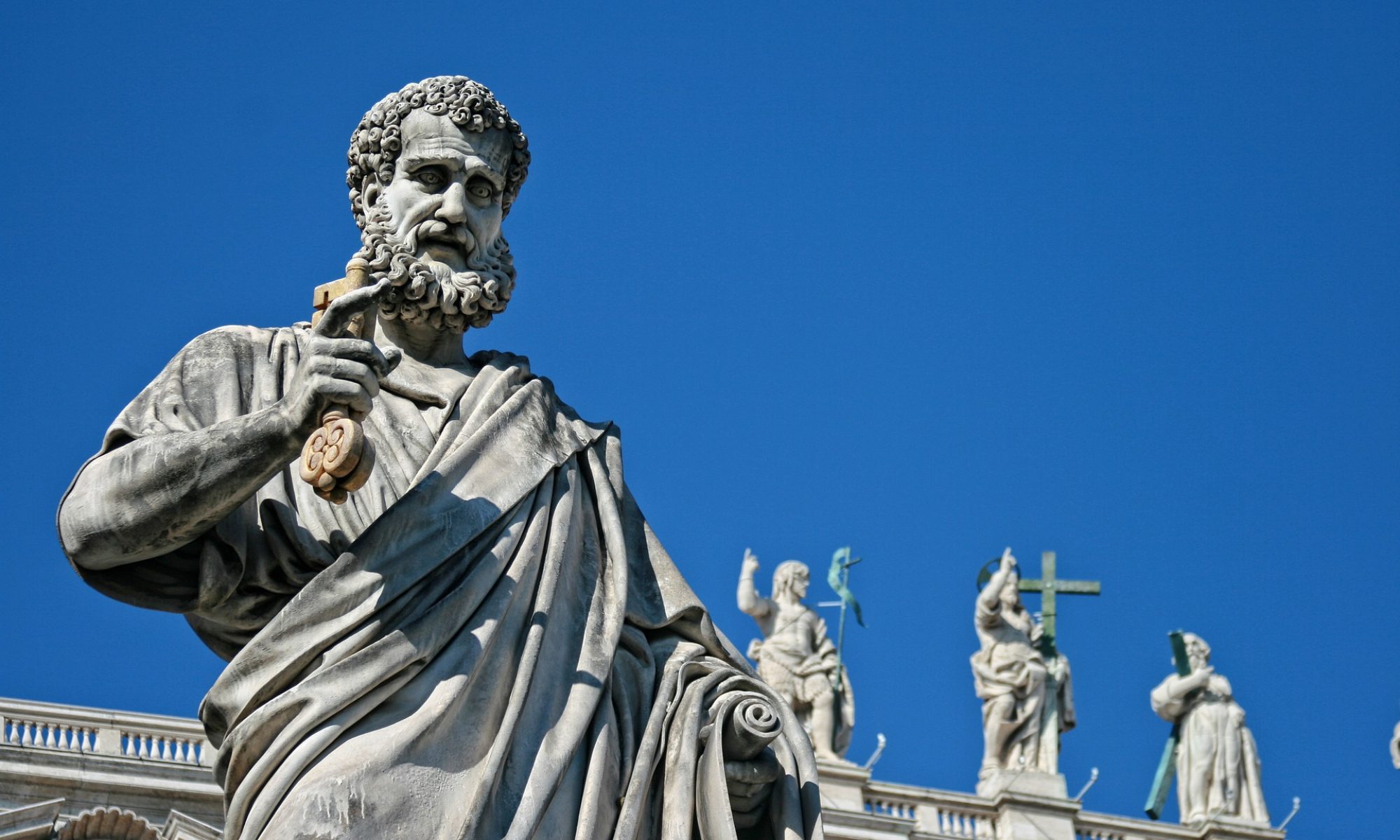October 2nd, 2015
These days no one asks a question like this. It seems too arrogant, too outdated, grossly missing the mark of a honest religious conversation. Moreover, any reference to the Anti-Christ seems to be further marred by the fancy treatments that it has received in popular pseudo-apocalyptic novels, futurist accounts of world trends, and millenarist explanations of Christian eschatology.
It seems that on the Anti-Christ is better to maintain a silent attitude if not an agnostic approach. It is there in the Bible, but we don’t know what it looks like and we are bound to stay away from any polemical discourse or unhelpful conjecture. Ecumenical correctness imposes a dialoguing code that demands that only “nice” things can be said in inter-faith conversations. In this overly hesitant position there is also a clear-cut theological judgment on the way in which the Protestant tradition has been understating the nature of the Anti-Christ for centuries. From Martin Luther to C.H. Spurgeon, from John Wesley to the Puritans, there has been a consistent, coherent and univocal interpretation of the identity of the Anti-Christ. The Protestant Reformation did not invent this reading of the Papacy as the Anti-Christ but carried it on from strands of Medieval teachings and gave it a deeper theological basis.
Here is how the 1646 Westminster Confession of Faith aptly summarizes this widespread and long-standing Protestant consensus:
“There is no other head of the Church but the Lord Jesus Christ. Nor can the pope of Rome, in any sense, be head thereof, but is that Antichrist, the man of sin, and son of perdition, that exalteth himself, in the church, against Christ and all that is called God” (art. XXV.6).[1]
Francis Turretin (1623-1687) is perhaps the greatest Reformed theologian of the XVII century. His major work, the Institutes of Elenctic Theology, has been one of the most influential theological textbooks of the continental Reformed tradition. In his section on the Church, Turretin extensively deals with the Papacy, as he always engages in “apologetic” theology. His more comprehensive treatment of the Pope as the Antichrist, however, is his 7th Disputation on the Antichrist that, in turn, is part of a larger work entitled Concerning our Necessary Secession from the Church of Rome and the Impossibility of Cooperation with Her (1661).[2] Here we find perhaps the most detailed and systematic Protestant argument for the identification of the Pope as the Antichrist. Turretin endeavors to exegete Scripture and evaluate the facts of church history for the purpose of saving the Church of Christ from committing spiritual fornication.
After noting that it is the common opinion of Protestants that the Pope is the Antichrist, Turretin explains that Scripture reveals the place of the Antichrist (the temple), his time (from apostolic times onward), and his person (an apostate from the faith, a performer of spurious miracles, one who opposes Christ, a self-exalting figure, a man of sin, an idolater). Turretin goes as far as analyzing the name and number of the Beast of Revelation 13:17-18. Gathering all these elements together, he does not find these marks among the Jews or Turks (Muslims), nor among the Greek Orthodox. In his view, they only fit the chief authority of the Roman Church.
Turretin is convinced that the Antichrist is not a single person but must refer to an office or succession of persons in office that began operating in apostolic times. To the Catholic objection that Popes have never denied Christ, Turretin replies that the Antichrist will not openly deny Christ as a professed enemy but as a professed friend of Christ who praises Him with their words, yet fights Him with his actions. He sees this attitude in Popes who arrogate to themselves the three offices of Christ (Priest, Prophet and King), but bury the Gospel under their own traditions and undermine His work of redemption by their masses, purgatory, indulgences, and false worship.
Referring to the doctrine of Papal supremacy, the 1997 Catechism of the Catholic Church teaches that “the Roman Pontiff, by reason of his office as Vicar of Christ, and as pastor of the entire Church has full, supreme, and universal power over the whole Church, a power which he can always exercise unhindered” (882). Turretin’s analysis of the Papacy may seem harsh and trenchant, but fits the presentation of the official teaching of the Roman Church on the Papacy. The Pope as Vicar of Christ with full, supreme and universal power, coupled with the political status of the papacy, is indeed an institution that claims titles and prerogatives which must be Christ’s and Christ’s only and is also an institution that blurs religious and political fundamental distinctions!
These views are certainly far from being “ecumenically correct”. Yet, whatever one makes of them, it is important to appreciate the fact that they do not stem from slandering invectives or bandying insults. Theologians like Turretin built a highly sophisticated Biblical and theological argument and were not driven by resentment alone. The Roman Church, while not being static, nor a monolithic reality, does not really change in its fundamental commitments. It expands itself but does not purify itself. It embraces new trends and practices but does not expel unbiblical ones. It grows but it does not reform itself according to gospel standards. The discussion on the Anti-Christ must be revived and worked out with biblical soberness and historical awareness.
[1] It is followed by The Savoy Declaration (1658), art. XXVI and The London Baptist Confession of Faith (1689), art. XXVI.
[2] The 7th Disputation was published as F. Turretin, Whether It Can be Proven the Pope of Rome is the Antichrist, ed. by R. Winburn (Forestville, CA: Protestant Reformation Publications, 1999).

